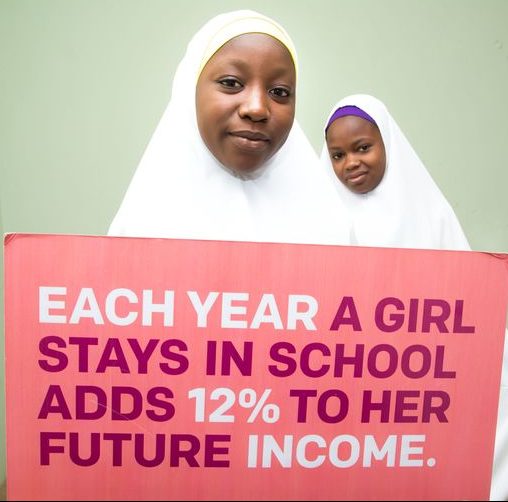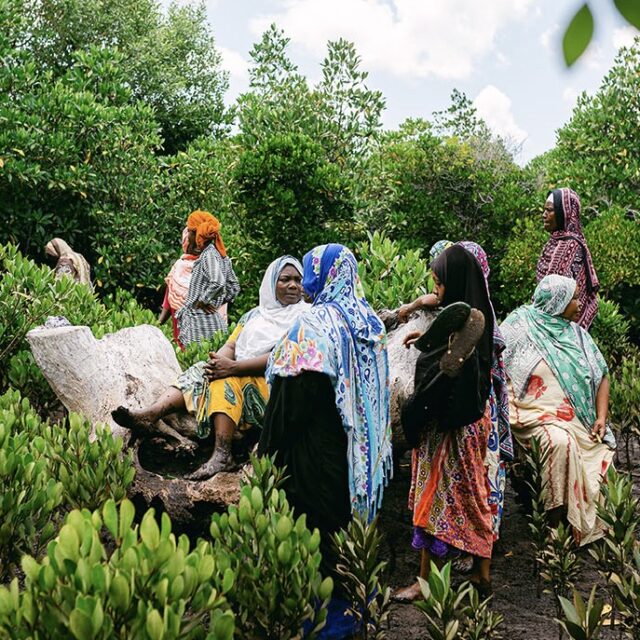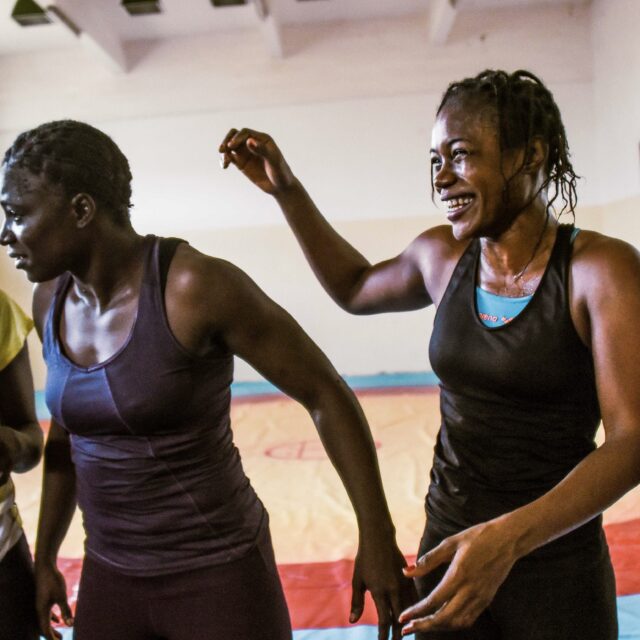With the German-led G20 just around the corner (7- 8 July), we have a unique opportunity to promote the benefits of girls education, particularly in Africa– because its population is predicted to double by 2050. If the G20 and African leaders invest in a partnership with Africa with ambition, urgency and efficiency over the next three years, the continent’s youth can drive a surge in inclusive growth that would benefit the globe. This all starts with early education.
Here are 6 facts from our report that will make you think differently about girls’ education:
1. 130 million girls are out of school. If this were the population of a country, it would be the 10th largest nation in the world.
Nowhere in the world do women have as many opportunities as men — and this starts with girls and their access to education. In the poorest countries, girls are less likely to go to school, are less likely to have the same opportunities for work, and are less likely to have a say in the direction of their own lives than their brothers.
The main way to fight such unacceptable inequalities is to educate more girls. Education is one of the most powerful weapons in the fight against extreme poverty. Evidence shows that countries that educate their girls are wealthier, healthier, and more stable — and that universal access to quality education is one of the best antidotes to poverty. We cannot end extreme poverty without prioritising education, especially for girls.
2. An additional year of schooling for girls is estimated to result in almost a 12% increase in wages.
When girls are educated, they have more options for employment opportunities, and their earning potential rises. Not getting these girls an education, however, could be even more dramatic– ONE has calculated that failing to educate girls to the same standard as boys costs developing countries between $112 and $152 billion a year. Failing to make such an important and cost-effective investment in girls could be — and is — damaging , and it can no longer be a side issue.
3. If every girl completed a primary education in sub-Saharan Africa, maternal mortality could fall by a dramatic 70%.
Educating a girl doesn’t just benefit her — it benefits everyone. Maternal mortality– the death of a woman due to pregnancy or childbirth-related complications– is still prevalent in sub-Saharan Africa. Educated women and girls are more able to make informed decisions about their lives: they tend to have smaller families and have more access to information surrounding prenatal care, hygiene, immunisation and nutrition– all of which play a serious role in reducing the causes of maternal mortality and the deaths of children under five. Educating all women in sub-Saharan Africa through secondary school, for example, could save 1.2 million lives.
Additionally, the chances of girls marrying below the age of 18 decline significantly with each stage of education, as those in school are more likely to marry later in life after they finish their education. This also contributes to lowering the risk of maternal and child deaths in lower-income countries.
4. Only 34% of girls in sub-Saharan Africa are able to complete lower secondary school, while 42% of their male classmates do.
Why do girls drop out before they can complete lower secondary school in sub-Saharan Africa? The inequalities between boys and girls in school start early, particularly in the poorest countries– for instance, many girls are forced to stay home because they need to work to make enough money to eat their next meal; as another example, once girls hit puberty, they might not attend school due to a lack of access to sanitation facilities. Not only are these girls missing out on opportunities to fulfil their highest potential, but they are more vulnerable as a result. Girls out of school are more likely to become child brides, are more vulnerable to diseases like HIV and are more likely to die young.
5. Girls’ schools are targeted three times more often than boys’ schools and attacks on girls’ schools increased 17-fold between 2000 and 2014.
Things are even worse for girls in conflict situations. For example, there are currently 2.9 million children in need of emergency education in Nigeria’s north-east. Boko Haram (which literally translates as ‘western education is forbidden’) has targeted schools and education: 276 schoolgirls were kidnapped from their school in Chibok in 2014, more than 1,000 schools have been destroyed in the conflict and 1,500 schools have been forced to close. As of November 2016, 645 teachers have been murdered and 19,000 have been displaced. Education has literally turned into a life-threatening situation for the children and teachers of north-east Nigeria, with girls’ schools being targeted the most.
6. The cost of a 12-year education in the poorest countries ($1.17 per day) costs less than a loaf of bread or a newspaper.
Breaking down the cost of educating girls shows us how little it actually costs to give a girl an education. It helps to demonstrate that the benefits of educating girls far outweigh the costs – which are less than the cost of a loaf of bread for one day! This is a small investment that could literally change the world we live in. Do you agree?



